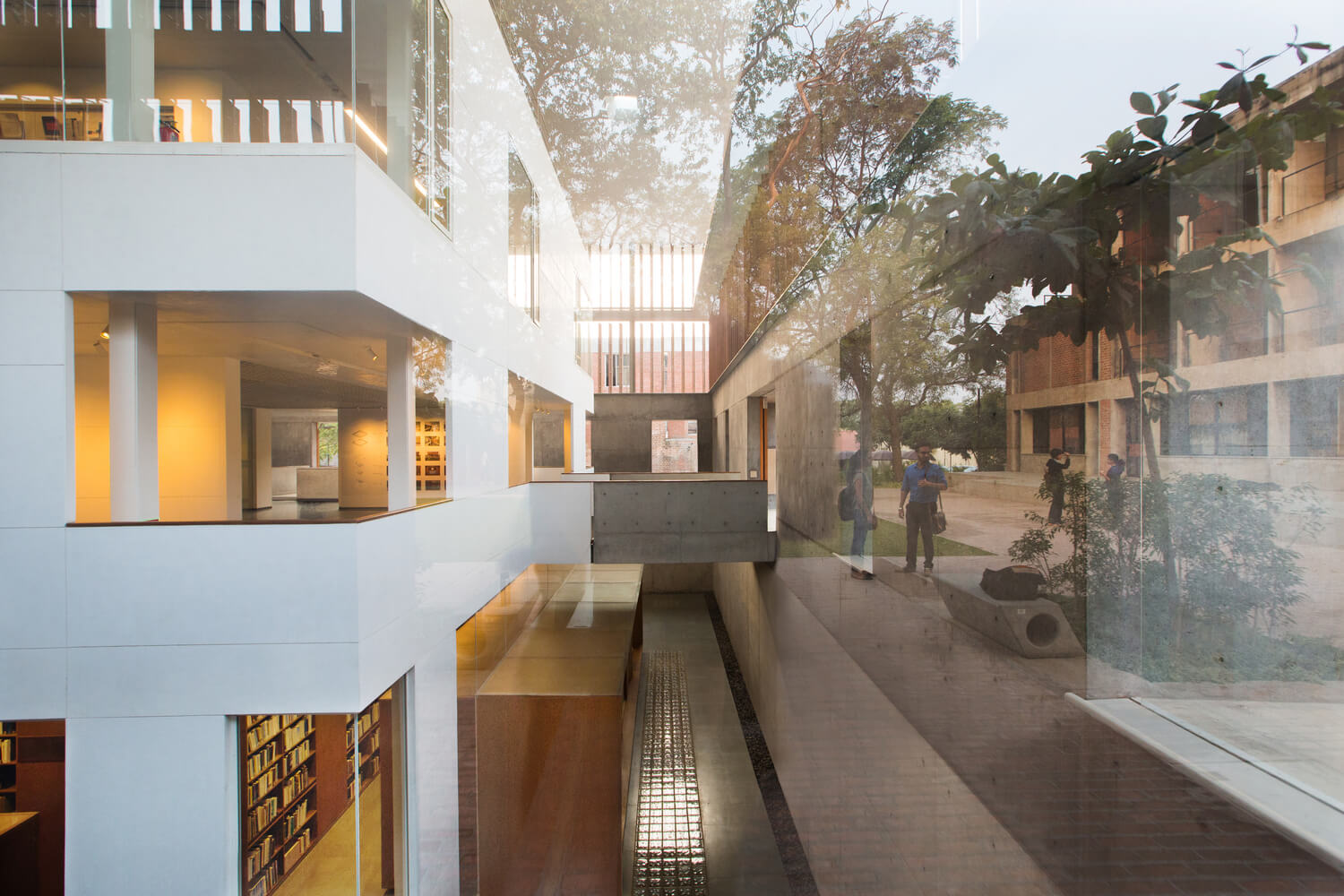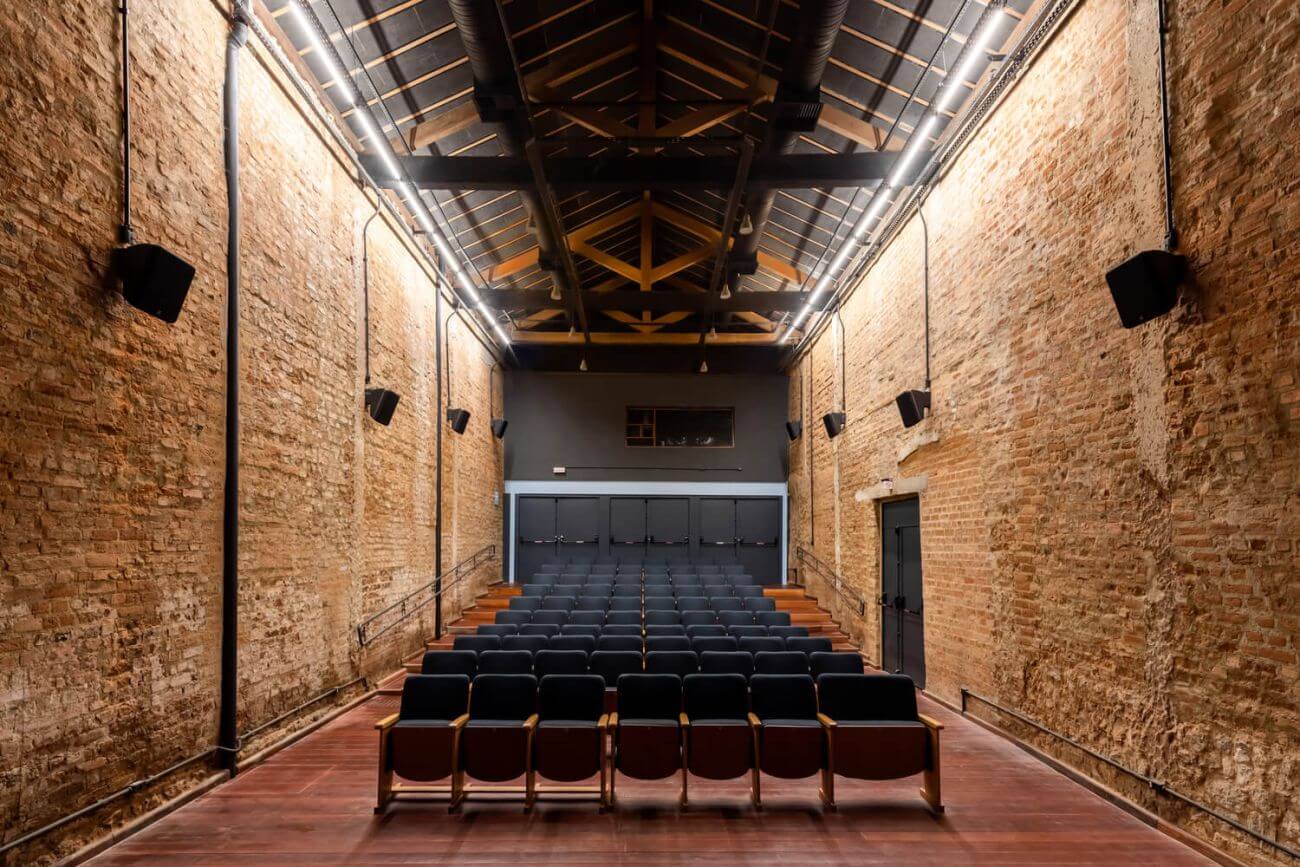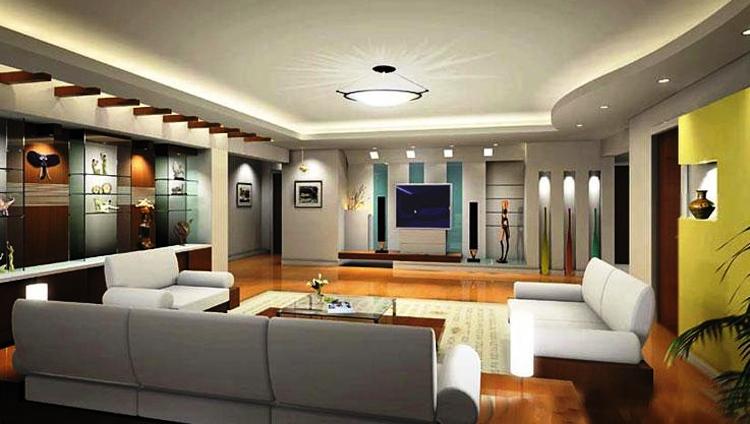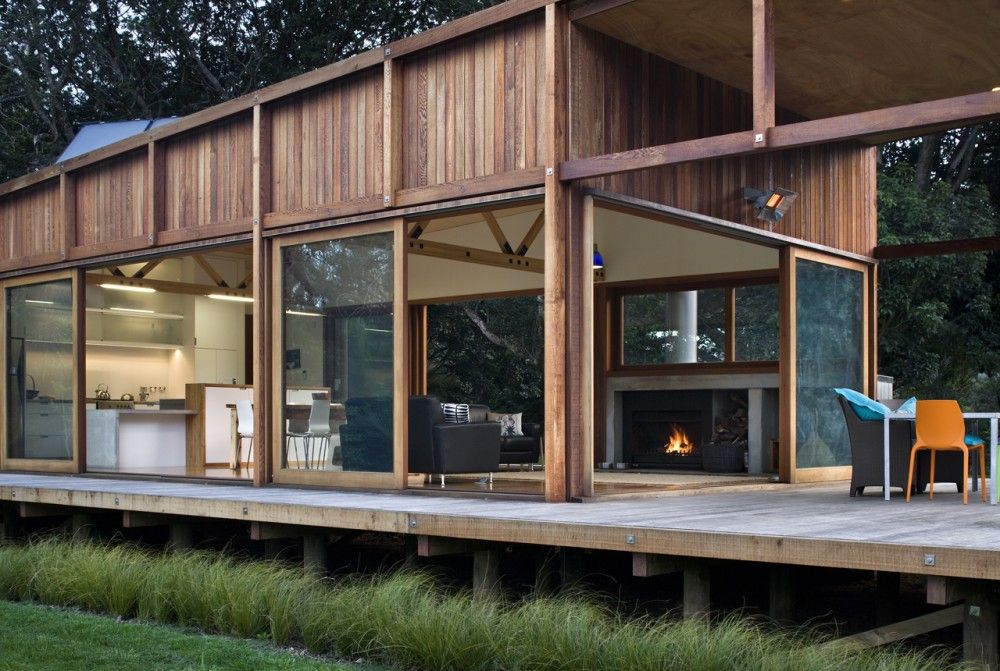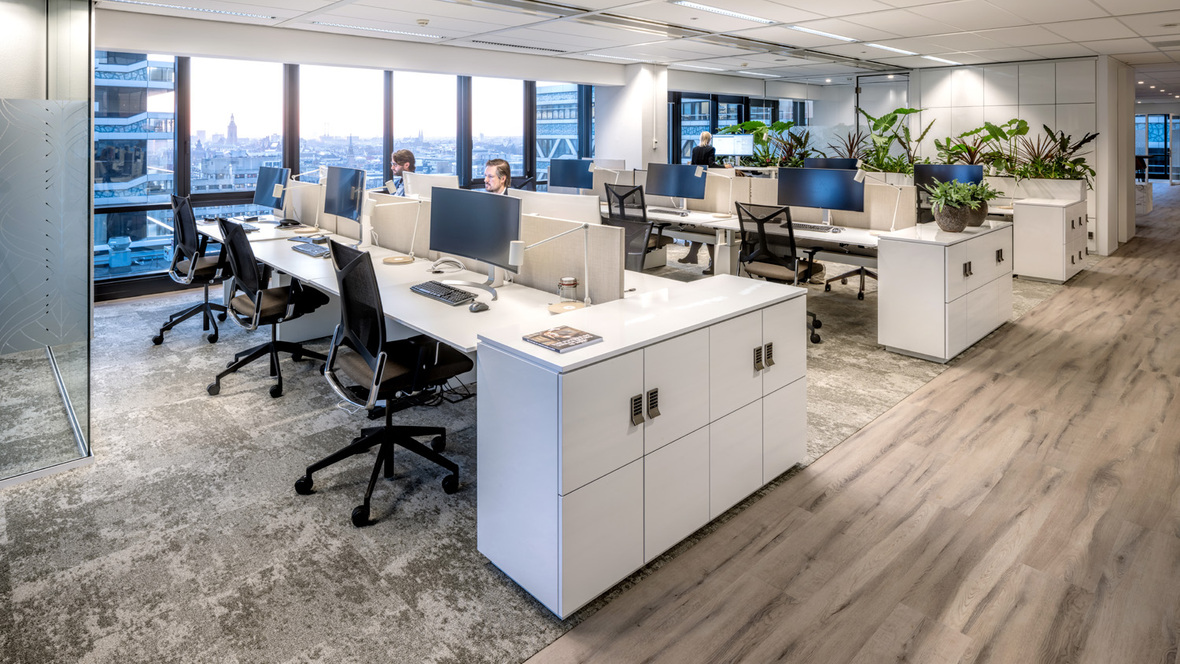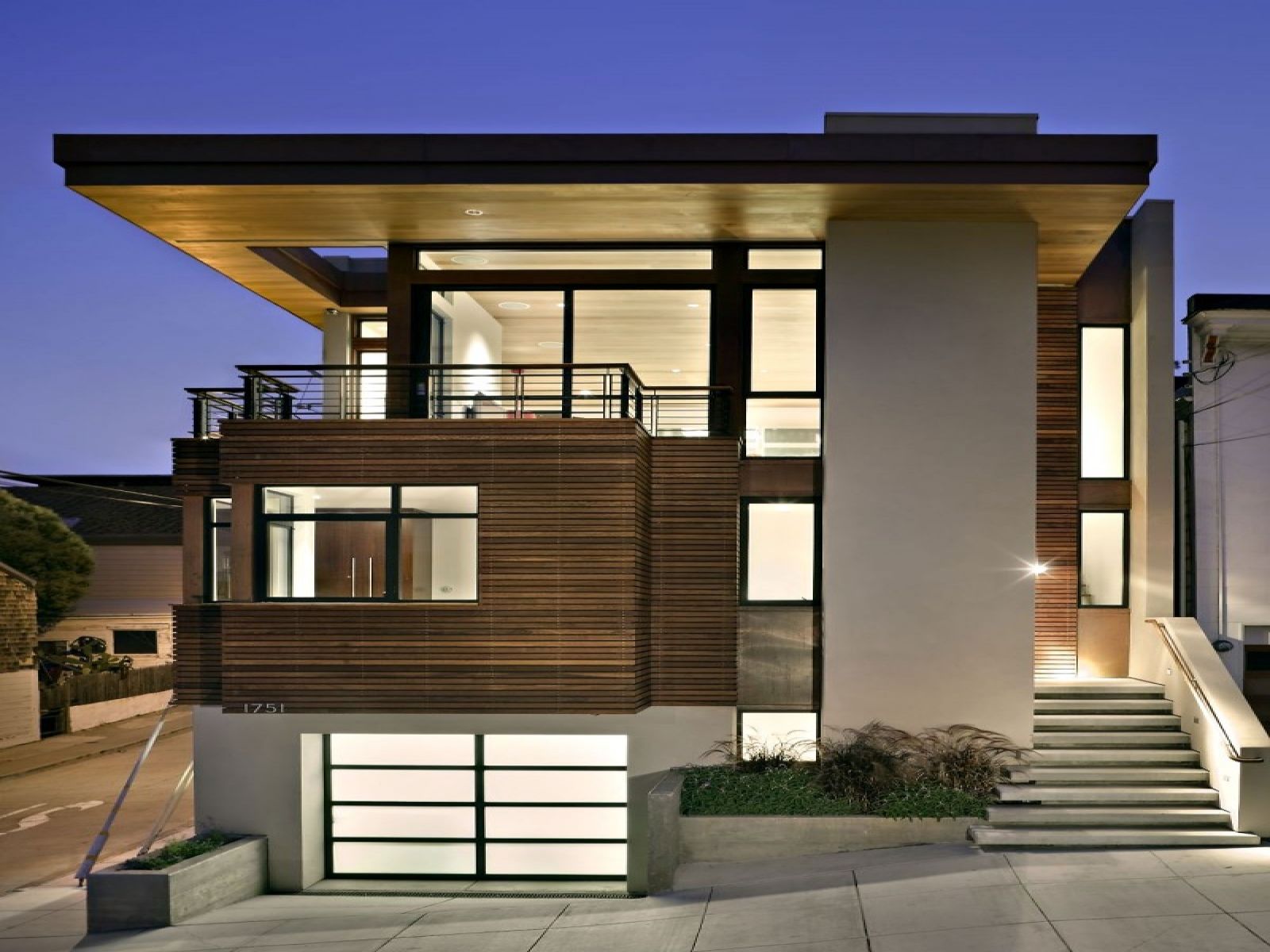LIST OF TECHNICAL ENABLERS
To achieve the operational outcomes targeted in this Flagship Area, several technical capabilities were identified by FP2. To develop flagship demonstrations, some functions must be delivered with enough maturity, with a target TRL indicated for each enabler.
| Enabler 1 | Automatic function (TRL5/6) – Functional prototypes for automating functions as incident handling, vehicle self-healing and self-managing, cooperative awareness will be developed, tested, and validated against the defined system architecture specification. |
| Enabler 2 | Absolute safe train positioning (TRL5/6) – Absolute Safe Train Positioning solutions with more accurate position and speed, which will provide possibilities of optimising headway as well as energy train control assistance (ATO), allowing energy saving and densification of trains (+30%) with less trackside equipment. It focuses on the development of modular and scalable absolute safe train positioning system with incorporating new sensors. |
| Enabler 3 | Train integrity (TRL5/6) – The expected goal of this work is the consolidation of requirements for the Train Integrity and Train Length Determination solutions and their insertion into the on-board architecture with a further consolidation of the specifications, the performance of a safety analysis and the realisation of demonstrators. |
| Enabler 4 | ATO technology (TRL5/6) – New ATO technology solutions for the automated driving and decision making, interoperable, and for all application and segments, including freight specific issues for commercial run. It includes the already available integration of C-DAS and will include appropriate interfaces with TMS for energy network management |
| Enabler 5 | Connectivity (TRL6) – This enabler shows how multiple radio bearers can be used concurrently to serve the needs of both the Gigabit train and future rail operations, and how the FRMCS architecture and specifications can potentially be expanded in this direction, with including FRMCS, V2X, 5G technologies. |
| Enabler 5-1 | FRMCS – Critical communication (TRL7) – Connectivity between train and trackside is obviously key for automated rail operations. Many European railways have already launched the preparation of the 5G-based Future Railway Mobile Communications System (FRMCS) successor of the GSM-R/GPRS installation used today in rail operations, since the future operational connectivity requirements are exceeding by far the capabilities of the current GSM-R/GPRS. |
| Enabler 6 | Perception (TRL5/6) – Detailed design, development, and validation of the Perception system defined in the Perception Architecture and System Specification, including signal reading and obstacle detection, supporting cooperative awareness, supported by virtual certification. |
| Enabler 6.1 | Data factory – The framework for a collaborative solution in the rail sector, the “Data Factory”, to jointly collect, store and annotate sensor data and build up all required infrastructure for processing the data as a prototype. |
| Enabler 7 | Remote driving (TRL6) – Remote driving and command functional prototypes for remote control will be developed, tested for depots, for lines with low traffic, and for fall-back operations as well as for shunting. |
| Enabler 8 | Autonomous route setting (TRL5) – Autonomous route setting, on low traffic/regional networks, in terminals, in depots and in urban environment. |
| Enabler 9 | Digital register (TRL6) – The Digital Register shall provide reliable, interoperable and accessible infrastructure information as critical enabler for safety-related and non-safety-related functions as a central data source for, e.g., safe train positioning, ATP, TMS and DATO |
| Enabler 10 | HL3, L3 moving blocks (TRL6) – The Hybrid ERTMS/ETCS Level 3 (HL3) approach connects to the future Functional Railway System Architecture and to apply the defined principles to different kinds of railways (e.g., high density lines have different needs in comparison to regional low traffic lines). HL3 is perceived as a faster and simpler way to increase capacity at a lower cost, maintaining a highly reliable signalling system, without the complexity of a Full Moving Block architecture. |
| Enabler 11 | Virtually Coupled Train Sets (VCTS) (TRL4/5 – SRC/RL) – Virtual coupling including self-driving freight wagons, supporting cooperative awareness, analysing operational concept and estimation of necessary investments, together with Enabler 12. |
| Enabler 12 | Self-Driving Freight Wagons (SDFW) (TRL4/5 – SRC/RL) – Virtual coupling including self-driving freight wagons, supporting cooperative awareness, analysing operational concept and estimation of necessary investments, together with Enabler 11. |
| Enabler 13 | NG Brake (TRL5/6/7 depending on topic) – Next generation of braking subsystems, to safely detect and manage low adhesion and reducing braking distances. As an expansion, the possibilities of future dynamic braking curve adaptation (effect, benefits, technical implication) will be examined. |
| Enabler 14 | Testing, validation and certification (TRL5/6) – Testing, validation and (virtual) certification platforms and facilities focusing on continuous improvement of the testing process strongly influenced by specific deployments and tailoring of the safety procedures defined within the CENELEC environment. In addition, the migration towards a single European railway architecture defined for the CCS+ opens the opportunity to also streamline approval processes. |
| Enabler 15 | DevOps and Architecture Design4Evolution – For the long timescale it is proposed to explore ways to improve the evolvability of modular platform based next-generation ATC architectures, for agreed on-board and trackside modular architecture, while for the quick realisation it is proposed to focus on development ideas from the railway-industrial DevOps approach. |
| Enabler 16 | Modular platform (TRL5/6) – Architecture and specifications for the development, testing, and certification of modular and safe computing platforms for onboard and trackside systems which host safety-related and non-safety related functions, including standardized approaches for monitoring, diagnostics, and configuration management. |
| Enabler 17 | Onboard COM networks (TRL6) – In the first phase of EU-RAIL, the enabler focusses on foundations for the onboard communication network on the one hand and focusses on the network management functionality and the CCS/TCMS interoperability on the other hand. |
| Enabler 18 | Functional Open Coupling (TRL4/5) – Functional Open Coupling covering all required subsystems in an operational environment |
| Enabler 19 | Modelling techniques – Modelling techniques to support the development, engineering and planning, verification and validation solutions, while incorporating formal methods to address the basic needs of rail stakeholders. |
| Enabler 20 | Deployment and migration – Deployment and migration strategic plans, including training and human factors to illustrate the potential to deploy DATO technology in European networks, both from a technical and a people-oriented perspective. |




